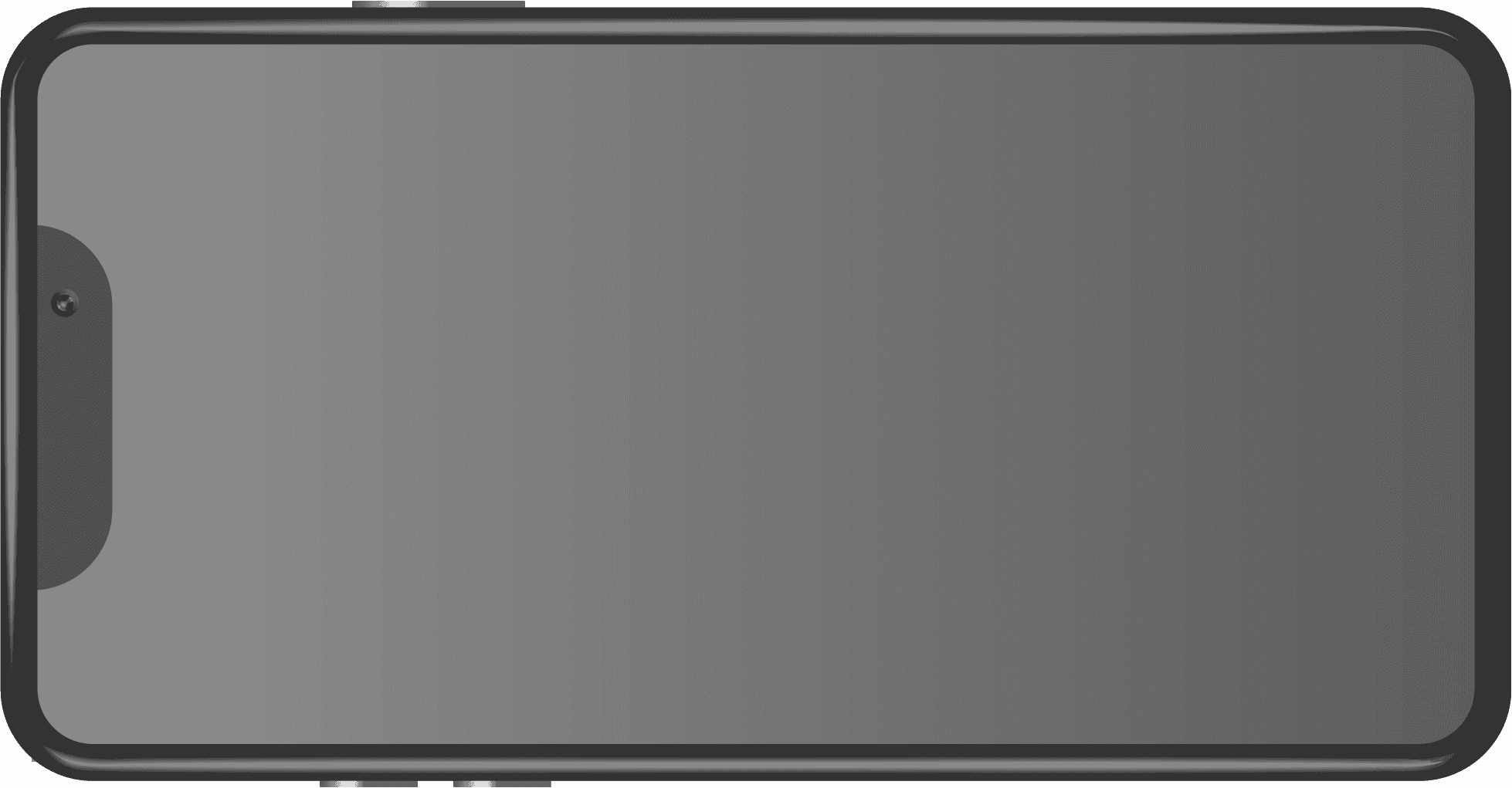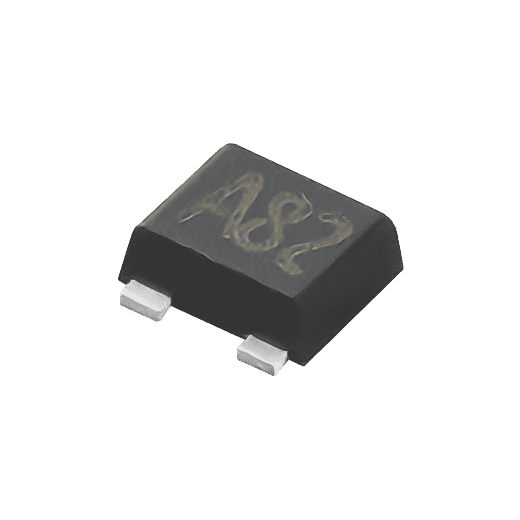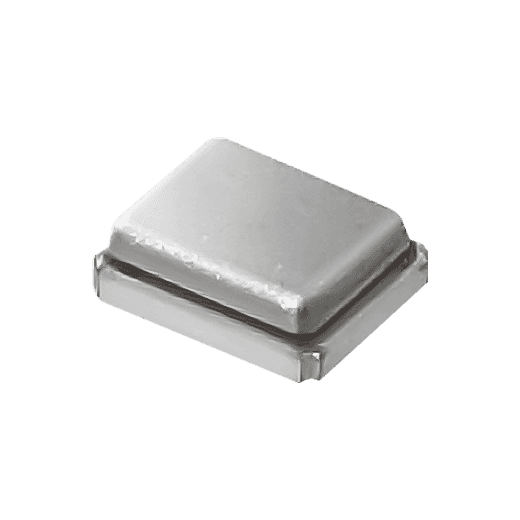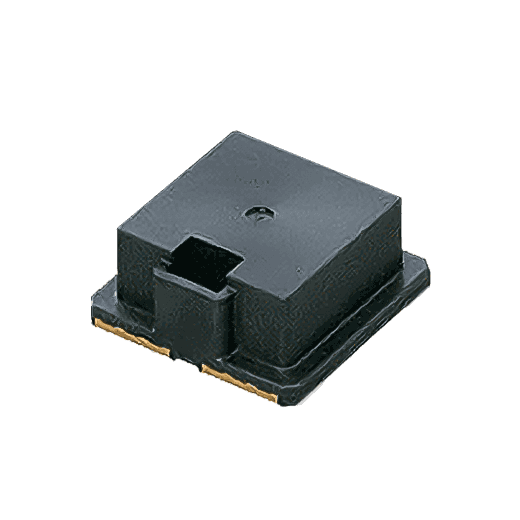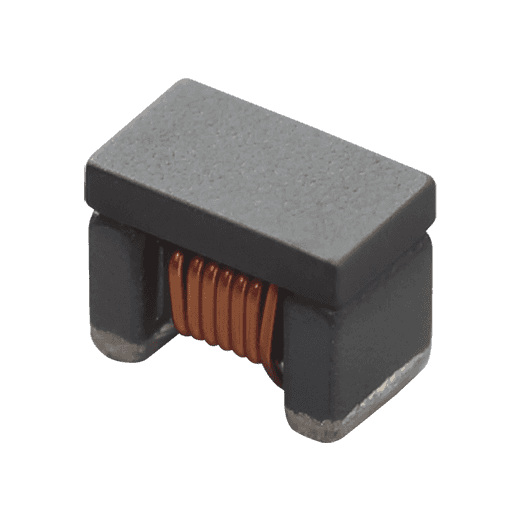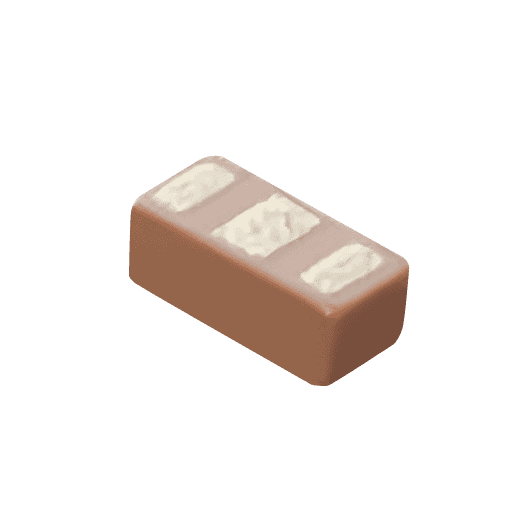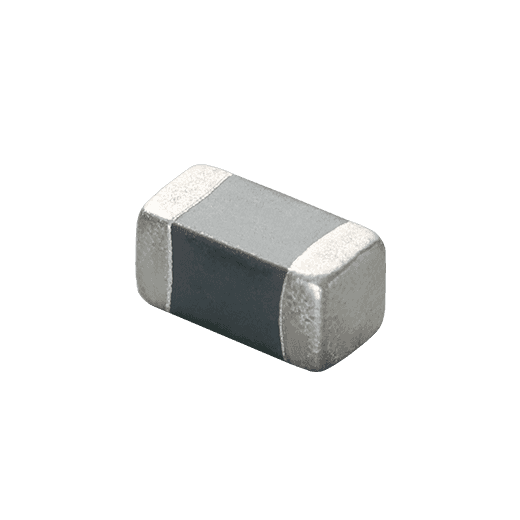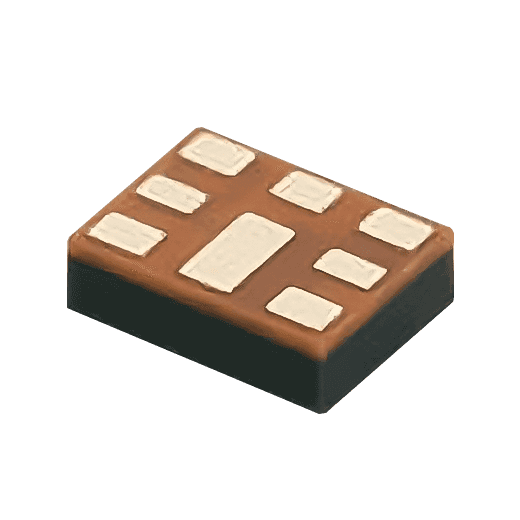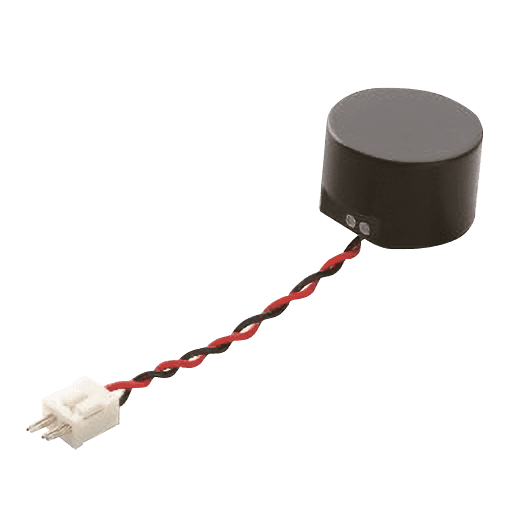A storehouse that
supports the
electronics world.
Capacitors
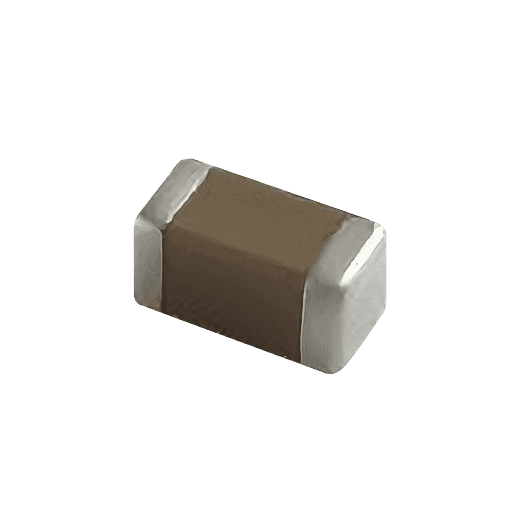
LIBRARY
#01
Profile
- These electronic parts store and release electricity.
- They’re one of the three musketeers of electronic parts you need to make a circuit. The three musketeers are capacitors, inductors, and resistors.
The Power of Capacitors
I’m a dam for electricity, and keep machines running steadily!
In electric circuits, capacitors function like dams.
Just like dams hold water back, capacitors can hold electricity back.
They can keep electricity ready to use whenever, making sure it flows steadily. Their power keeps machines running smoothly.

The Secret of the Power of Capacitors
They can handle electricity thanks to dielectrics.
Capacitors can take in, store, and release electricity because of the “dielectric” material inside them.
Dielectric material between electrodes stops electricity flowing from positive to negative like it usually would. It lets capacitors hold electricity and release it at a set pace.
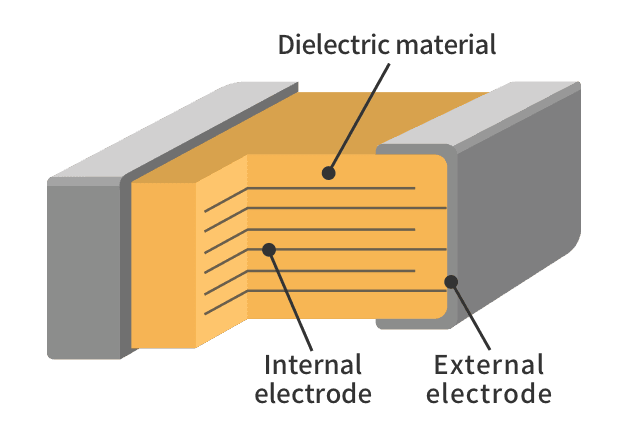
Friends of Capacitors
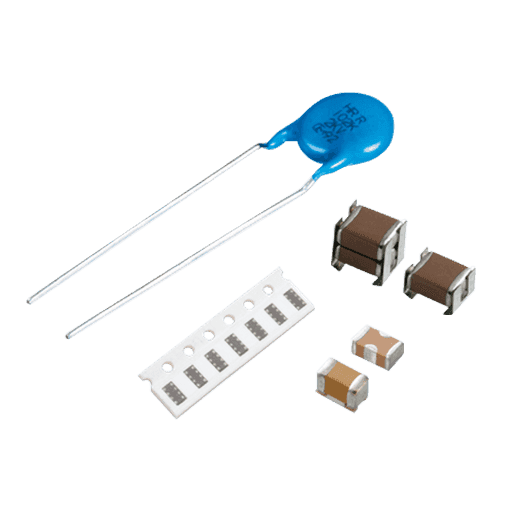
Ceramic Capacitors
Ceramics are used for dielectrics. They can be made really small!

Electrolytic Capacitors
Dielectrics are made from aluminum or other metals and electrolytes. They can store lots of electricity!
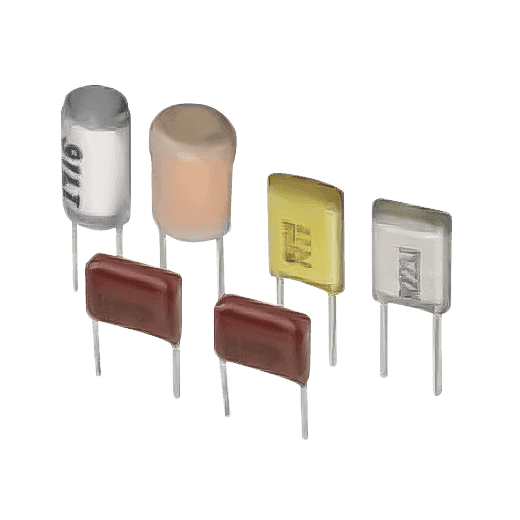
Film Capacitors
Capacitors are made with thin plastic films for dielectric material. They’re resistant to temperature changes.
Trivia
What are the symbol and unit for capacitors?
Capacitor sizes are measured in units of “F” (for “farads”).
They can also come in units like 10 μF (“microfarads,” from “micro,” meaning “one millionth”). Higher numbers mean capacitors that can store more electricity.
QUESTION
There are lots of capacitors in a single device!
Find the Capacitor!

